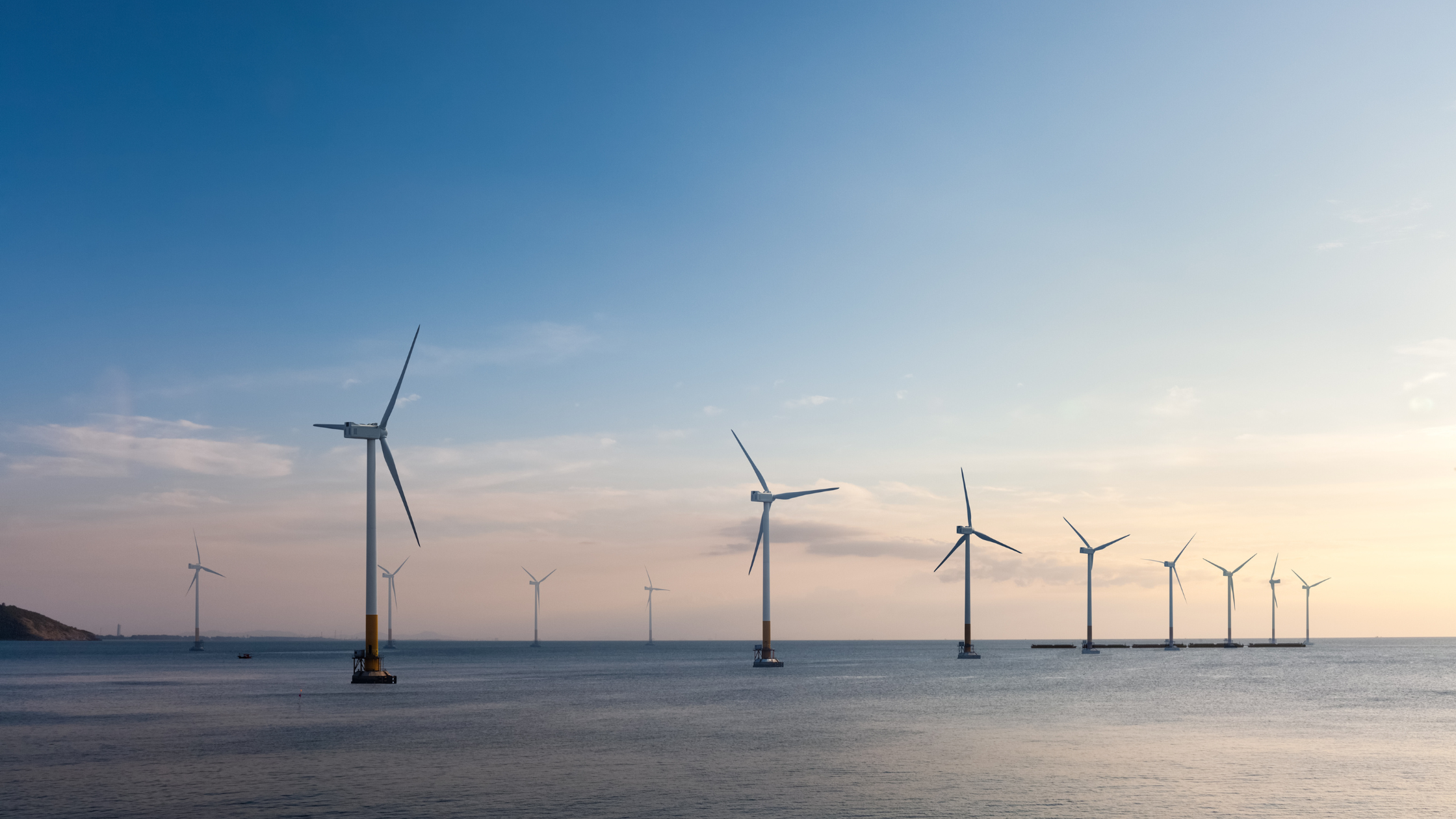
Offshore wind may boost UK economy by over £90bn
What’s happening? The Offshore Wind Industry Council (OWIC) has unveiled a report indicating that expanding the UK’s offshore wind supply chain could generate a £92 billion boost to the national economy by 2040. The UK aims to triple wind capacity to 50GW by 2030, including 5GW of floating offshore wind. The report emphasises the potential for the UK supply chain to tap into a £500 billion opportunity by 2040 when combined with global offshore wind projects. Strengths include development services, electrical cables, wind turbine blade manufacturing, and more. Weaknesses include a lack of major wind turbine generator manufacturers and expertise in foundations. The report recommends a comprehensive approach to maximise economic value in key sectors.
Why does this matter? Geographically, the UK is very well positioned for offshore wind, boasting the second-largest offshore wind potential globally. Additionally, several UK companies have flourished, and investment has been attracted, boosting domestic supply chain security. Despite a strong position, the report offers a number of recommendations that, if ignored, may undermine this significant market opportunity.
Domestic expertise – In the UK, companies have fostered specialisations within the offshore wind supply chain with state-of-the-art facilities across the country. Examples of these include Siemens Gamesa in Hull and Vestas on the Isle of Wight manufacturing offshore wind turbine blades, as well as JDR Cables in Hartlepool and Tekmar Cable Protection Systems in Newton Aycliffe.
Currently, half of the suppliers used for UK offshore wind contracts are UK-based. The OWIC demonstrate that companies providing manufacturing cables and those providing services – such as blade and rotor assembly, tending vessels, and offshore construction and maintenance – will see the strongest growth.
Much of the report’s recommendations focus on creating a stable economic environment for companies operating within the offshore wind supply chain to thrive. For example, recommendation 3 contends “the UK needs more medium and larger companies able to compete and thrive. This means focusing on how to invest in and support companies that can be ‘engines of growth’.” Favourable policy delivered by a proactive government underpins this type of investment and support.
Watered down commitments – Recently, however, the UK government revealed plans to backtrack on sustainable regulation, causing uncertainty and anger in the market. The goal to ban the sale of new diesel and petrol cars by 2030, for example, has been pushed back to 2035, despite the government describing the deadline as “immovable” as recently as July. This regulatory alteration caused a backlash in the private sector. Automaker giant Ford led the protest, arguing that pushing back the deadline compromises the company’s plans, having already invested £430m into UK EV manufacturing infrastructure.
Uncertainty reigns – Sunak’s announcements did not directly address offshore wind. However, the implications will be felt throughout the UK green energy supply chain, as stated in the Guardian – “regulation has an important role to play in shaping the market for green technologies and reassuring investors the UK is a good bet. Changing the goalposts at short notice creates instability and undermines the attractiveness of the UK as a place to invest.” Creating an attractive, stable environment for investors is crucial, with the UK competing with the global offshore wind potential valued at over £400bn by the OWIC.
Evidence of poor governance impacting offshore wind can be found in September when government inaction caused zero renewable contracts to be sold at an auction. The auction pits contractors against each other, with the winning bidder offering the lowest price for energy provision over a 15-year period. Despite warnings from companies, the government set the maximum price too low meaning companies would be unable to make a profit, resulting in no bids being placed.
A brighter future? – Despite recent setbacks, the UK is poised to open the world’s largest offshore wind farm in 2026. Dogger Bank, located off the coast of Yorkshire, successfully delivered its first power to the British grid this week after installing its first 13MW turbine. Developed by SSE Renewables in partnership with Equinor and Vargronn, the project comprises three phases, each with a capacity of 1.2 GW. Notably, the project features groundbreaking turbine models with blades over 100 meters long, offering significant clean energy generation potential.


